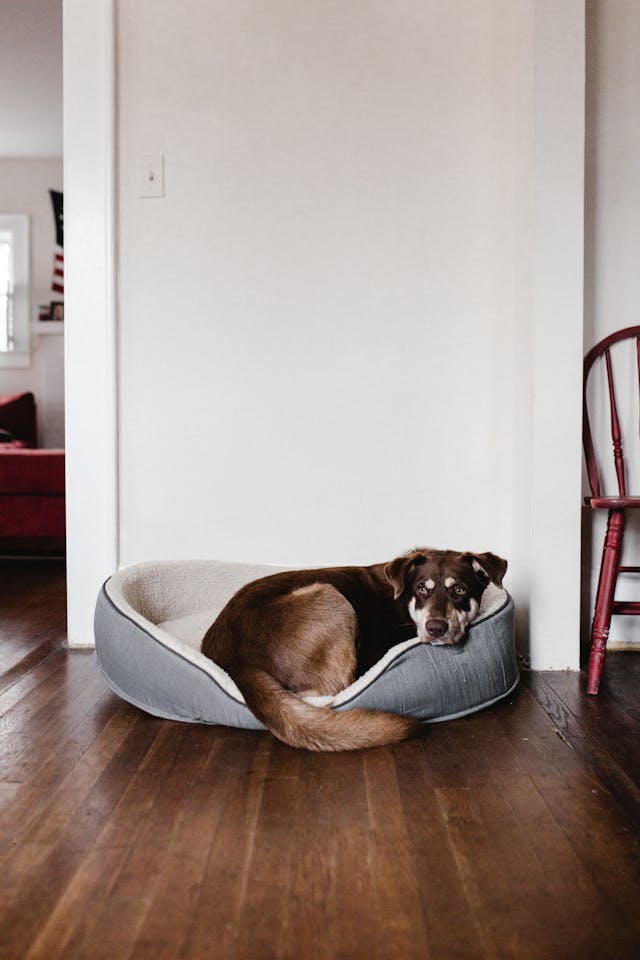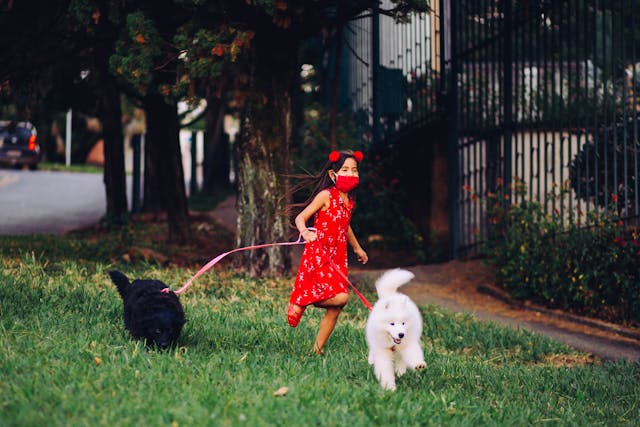- Secure hazardous items like chemicals and small objects to prevent ingestion or choking.
- Create a safe zone with pet gates and comfortable resting areas to reduce hazards.
- Supervise outdoor exploration and use professional lawn care services for a pet-safe environment.
- Ensure proper identification through microchipping and updated contact information for reunification.
- Educate household members, especially children, on proper pet handling and emergency plans.
Welcoming a new pet into your home is a rewarding and exciting experience. Whether adopting a happy puppy, a mischievous kitten, or a charming chinchilla, ensuring their safety should be a top priority. From exploring unfamiliar surroundings to adjusting to new routines, pets can face various hazards within your home. Therefore, it’s essential to take proactive measures to create a safe and secure environment for your furry or feathered friend. In this guide, we’ll explore expert tips on how to safeguard your new pet’s well-being within your home.
Pet-Proofing Your Living Space
Creating a pet-friendly environment begins with identifying and addressing potential hazards in your living space. Here are some key areas to focus on:
Secure Hazardous Items
Keep household cleaners, medications, chemicals, and toxic plants on high shelves or secure cabinets inaccessible to pets. Consider using childproof locks to prevent curious pets from accessing cabinets containing harmful substances.
Remove Small Objects
Pets, especially puppies and kittens, are naturally curious and may chew on small objects, posing a choking hazard. Keep items such as coins, hair ties, and small toys out of reach or stored in closed containers.
Establish a Safe Zone for Your Pet
Designating a specific area in your home where your pet can safely roam and play is crucial for their well-being. Follow these steps to create a secure zone:
Set Up Pet Gates
Use pet gates to block off areas that may contain hazards, such as the kitchen or staircase. This allows your pet to explore safely while preventing access to potentially dangerous areas.
Provide Comfortable Resting Areas

Ensure your pet has access to comfortable bedding or a cozy crate where they can rest undisturbed. Place their bed in a quiet corner away from high-traffic areas to provide a sense of security.
Supervise Outdoor Exploration
If you have a backyard or outdoor space, allowing your pet to explore can enrich their lives. However, outdoor areas also present risks. Here’s how to supervise outdoor exploration safely:
Fence in Your Yard
Install a sturdy fence around your yard to prevent your pet from wandering off or encountering wildlife. Regularly inspect the fence for any gaps or damage that could allow your pet to escape.
Use Professional Lawn Care Services
Enlist the help of expert lawn care services to maintain a pet-friendly yard free of harmful chemicals and pests. Professionals can provide pet-safe solutions for fertilization, weed control, and pest management, ensuring a healthy environment for your furry friend.
Ensure Proper Identification
In case your pet ever gets lost, proper identification can increase the chances of a safe return. Take these steps to ensure your pet is easily identifiable:
Microchip Your Pet
Microchip your pet to create a permanent form of identification. In addition to a collar and ID tag, a microchip can help reunite you with your pet if they become lost or stray.
Update Contact Information
Regularly update your contact information with the microchip registry and ensure your pet’s ID tags have your current phone number and address. This will facilitate a quick reunion if your pet is found.
Educate Household Members
Ensuring your pet’s safety requires the cooperation of everyone in your household. Educate family members, including children, about the importance of pet safety and how to interact responsibly with animals:
Teach Children Proper Handling

Show children how to handle pets gently and respectfully, emphasizing the importance of not pulling tails or ears. Supervise interactions between young children and pets to prevent accidents.
Create an Emergency Plan
Develop an emergency plan that outlines what to do in case of a pet-related emergency, such as injury or illness. Make sure all household members know where to find the nearest emergency veterinary clinic and how to contact them.
Bringing a new pet into your home is a joyful experience that comes with the responsibility of ensuring their safety and well-being. By pet-proofing your living space, establishing a safe zone, supervising outdoor exploration, ensuring proper identification, and educating household members, you can create a secure environment where your pet can thrive. Remember, the well-being of your furry friends depends on your proactive efforts to safeguard them from potential hazards. With these expert tips, you can provide your new pet with the love, care, and protection they deserve for a happy and healthy life.

